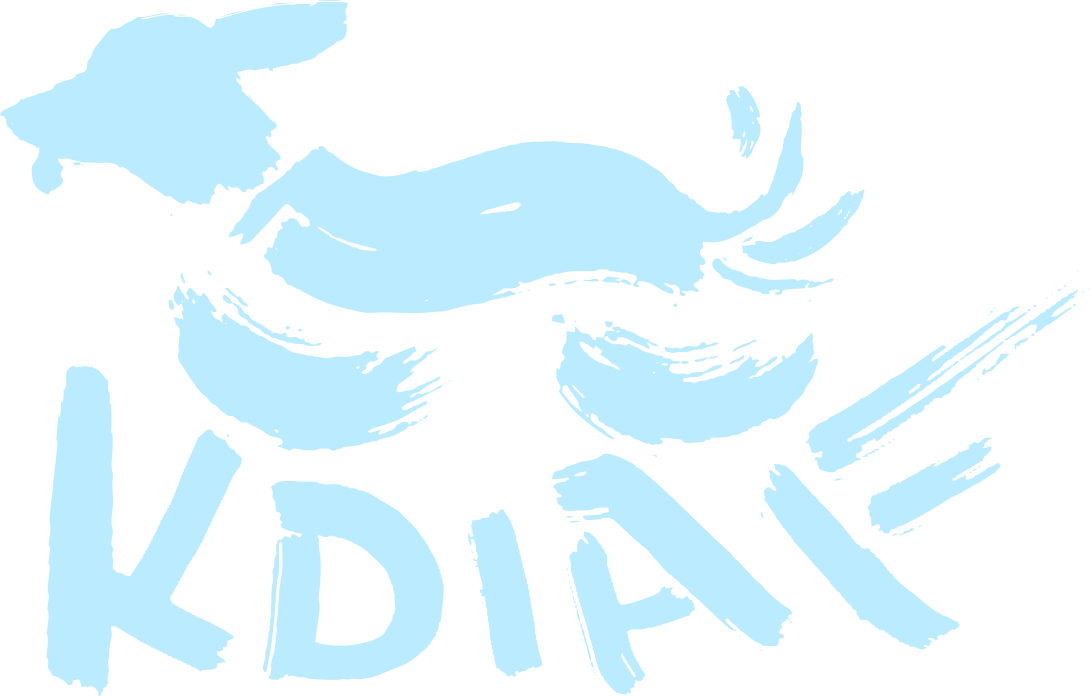Workshop: Digital Modeling of Characters in Animated Features Films
The Behind-the-Scenes Craft of Digital ModelingHsu
During the workshop segment of the animation festival held on October 21, Hollywood modeler Yeenshi Chen was invited to introduce digital modeling and character development in film to the students of the Department of Animation at the National Taipei University of the Arts. The workshop included the speaker's experience sharing, showcasing past modeling achievements, an analysis of the modeler's importance, and five practical exercises provided by the speaker, allowing the participating students to gain a deeper understanding of the modeling process in the industry.
Chen Introduces Her Background to the Students
At the beginning of the workshop, Chen first introduced her personal experience. When she graduated from the Fine Arts Department of the Pratt Institute in New York, the renowned Hollywood visual effects studio Rhythm & Hues Studios came to campus for recruitment. With her background in drawing and sculpture, Chen caught the attention of the studio and moved from New York to Hollywood to begin her modeling career. She stated that many modeling and effects companies value newcomers with an art education background more than just software operation skills.
Using the animal effects from "The Golden Compass" as an example, Chen demonstrated the practical operations of various processes within the project. The "Access Group," composed of art, modeling, texture, fabric/hair simulation, and rigging departments, worked in sequence to complete each stage of work. The animation department would then adjust the models according to narrative needs through blending and deformation. In the project "The Golden Compass," the art team provided reference materials about the animals, covering details such as hair length and bone structure; the modeling department created preliminary models based on this data, which were then sent to the hair effects department for simulation; the texture painting department applied textures to the models based on the reference materials; after the rigging department established the skeleton, it was handed over to the animation department for performance arrangement.
Next, Chen explained the work of modelers and their significance from five perspectives. The rigging department requires clean and appropriately dense wireframes, topologies with specific directions, and well-organized outline views; the animation department relies on modelers to provide anatomically accurate models; hair and fabric simulation departments require models with uniform geometrical shapes and appropriate density. It is evident that the work of modelers permeates the entire production process and is of vital importance.
During the workshop, Chen also provided five models for the students to try their hand at topology, further deepening their understanding of the modeling process through hands-on experience.
With enthusiastic applause, the workshop concluded successfully!
Date & Time: 10/21 (MON) 13:30~17:00
Location: Animation and New Media Art Building A102 Classroom
For TNUA Animation Department Students Only
Lecturer:
Yeenshi Chen

About lecturer:
Yeenshi Chen is from Hsinchu, Taiwan and holds a Master’s degree in Fine Arts from Pratt Institute. She has contributed to more than 40 Hollywood movies as a digital modeler and modeling supervisor at Rhythm & Hues Studios in California, including ""Harry Potter"", and two Academy Award winning movies for Best Visual Effects, "The Golden Compass" and "Life of Pi." In 2014, she was hired by Sony Picture Imageworks in Vancouver as a senior modeler and modeling lead. The films she participated in while at SPI include the Academy Award Nominee for Best Animated Feature “Over The Moon" and the Academy Award nominee for Best Visual Effects “Spider-Man: No Way Home." In 2021, she became a member of the Academy of Motion Picture Arts and Sciences, and has since participated in nominating and voting on Academy Award winners for Best Animation, Best Film Special Effects, and other awards.
Lecture:
The students attending the workshop are new digital modelers in the studio! After discussing the basic requirements for digital models in the industry, we will have the students actively participate by transforming the client's 3D concept sculptures into models that meet industry production standards. Before the workshop concludes, the models will be presented using a model turntable for the first pass presentation.

.png)